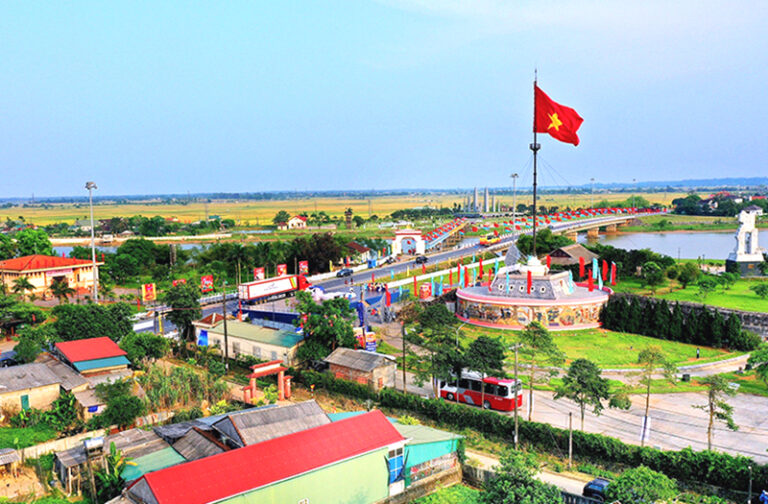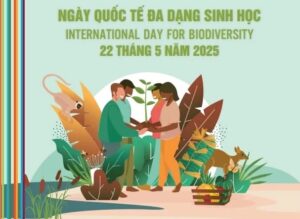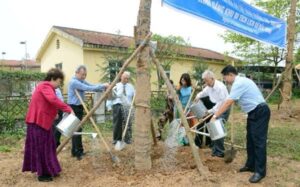Once upon a time, salanganes selected an island on which to build their kingdom. After an hour by boat from Nha Trang city, the Noi and Ngoai islands, home to thousands of salanganes, appear on the horizon.
Although accessing the islands used to be forbidden in order to protect the environment and salangane nests, tourists can now discover the magical world of the salangane between February and September yearly.
Apart from its salanganes, the islands boast pristine beaches, a pure atmosphere and a strange kingdom where humans are but guests and birds their hosts. While Ngoai Island can only be seen from by boat, visitors are allowed to walk around Noi Island.
Salangane nests (yen sao in Vietnamese) are extremely expensive and legendary products collected and consumed for thousands of years. Its demand and economic value has only increased as time has gone by.
Chemical analyses have shown that salangane nests contain special nutritious components including protein, glucid, sialic acid and microelements.
Eating salangane nests thus has the effect of filling you up, fostering strength and you recover from health problems.
Tourists are allowed to visit the rock cliff caves where the salanganes create their nests while enjoying delicious and nutritious food which, in the past, was reserved for only kings or as rewards to their courtiers and distinguished guests.
Amongst many regions along Vietnam's long coastline, Khanh Hoa province plays home to an abundance of salangane nests, according to Le Huu Hoang, director of the Yen Sao Khanh Hoa Company.
It has been estimated that over 12 rock islands, especially Noi and Ngoai islands off the Khanh Hoa Province coast, hosts more than 200,000 salangane birds during breeding season.
While Ngoai Island housed the most salanganes, Noi Island is famous for the high quality of its salangane nests, said Hoang.
Tour guide Vo Van Cam, also a salangane nest collector, took us to the island's goddess temple upon our arrival.
It is said that the island's Governor, Le Thi Huyen Tram (1753-93), a female officer in the Tay Son Navy during the 18th century, sacrificed her life to protect the salangane islands and the Khanh Hoa sea territory.
A 5.5m tall Goddess statue was built in honour of the valiant Governor, locals still believing that she protected the land, the sea, the salanganes and the nest collectors. Before setting foot on the island, collectors visit the temple, burn incense and pray for protection, seeing as collecting salangane nests is often fraught with peril.
A festival, dedicated to the Governor, is held annually on the 10th day of the fifth lunar month, consisting of a ritual worshipping ceremony and performances, which mainly attract salangane nest collectors from around the region.
Discovering the salangane caves, where collectors use bamboo stairs to get their hands on precious nests, is an unforgettable experience.
Although most birds build their nests from straw and twigs, salangane nests are made from their saliva, stuck to high cliffs in rugged, inaccessible caves throughout the island. To access the nests, collectors are required to climb bamboo ladders. Because the caves have to remain dark, lest the birds are scared off, many climbers fall to their death annually whilst hunting nests.
"Tourists are always interested in my stories," Cam said adding that, "apart from learning about salanganes and the beautiful sights, they also learn about our work and the dangers we have to face."
Salangane nests are shaped like teacups split lengthways, the bottom of the nest is thickest and stuck to the cliff. There are various types of salangane nests, dependent on size and colour.
Nowadays, tourists visiting Noi Island have the chance to enjoy salangane nest soup. The nests are usually placed in a porcelain pot, steamed with chicken, beef, young pigeon or lotus seeds.
In the past, devotees often bathed first and dressed up in their best garb before partaking in a porcelain bowl of soup.
Salangane nest soup can be served as either an appetiser or following a dish.
Because of the huge demand for nests (thought to have medicinal qualities), locals began collecting nests several times a year, causing the birds to have to produce new nests more often.
Noi Island has a beautiful twin-beach, one side towards the land and another towards the ocean.
The white sand bank, stretching out along pure blue water, is a wonderful place to get away from worry and stress.
By glass bottom boat, visitors can see fantastic coral reefs surrounded by colourful fish; enjoy swimming and snorkelling in clear, smooth water.
Tourists can additionally enjoy the sunset from 90m Du Ha Mountain.
Discovering the salangane islands can be a once in a lifetime experience for many and is well worth the trip.
















